This trip has to be, by far, the most interesting trip I’ve ever had the experience to go on. Although at times it was harrowing to witness the countless grave stones we stood above, it was also refreshing to know that 100 years on we still celebrate them and all they accomplished.
It all started early Monday morning and by early I mean 5:30 am. Bags packed and coach loaded; we were off on our journey. Arriving at Mainstone Services to pick up our tour guides from Anglia Tours and back on the road down to the Channel Tunnel. At the Chunnel Station we were allowed 20 minutes to roam and then re-board the coach for the 30 minute ride across to France. For most this was a first on the Channel Tunnel and boy was it warm; whilst for some this was the first time out of the country. When we arrived in France we took another pit stop and then we were on the road to Belgium…
Upon arrival in Belgium we went to Lijssenthoek where we got our first glimpse of the endless Graves surrounding the city of Ypres. These graves were in fact commonwealth graves and were bright and well maintained by the cities volunteers. Buried in this cemetery was a young man who at the age of only 15 lied to the military just to serve as a patriot. After a brief introduction of our trip we were taken to Bayernwald – the German trench system. Although replicas we were still exposed to life in the trenches and the difficulties faced in these maze-like structures; be it trench foot, the difficulty of transporting injured or wounded and or the lack of drainage systems.
That evening we headed back to our hostel in the centre of Ypres and unpacked before heading out for dinner in the centre of town. We ate at a bustling restaurant and it was a chance to engage with other students whom we would never speak to elsewhere. Once dinner was finished we walked a 100 yards up the street to the Menin Gate. This was definitely my favourite evening – the Menin Gate imposed over us and it was astounding to see the names on the walls of the deceased soldiers, it was like looking from an aeroplane at streetlights on a motorway, just rows after rows. At 8pm every day since 1946 the last post has been played – the tradition originated in 1919 after WW1 but was stopped in 1936 when Germany controlled this area of Belgium but began again once they regained control – the roads were closed and the place was brim-full but still we stood there; utterly amazed and in mere remembrance for the people.
On Tuesday morning we drove back into France, this time to visit the Somme. We began our day at the Sunken Lane, the lane used to decrease the distance the British needed in open land to reach the German Trenches, in the summer of 1916. We then travelled down the road to Newfoundland Park – the Canadian memorial. Here we had the opportunity to walk across preserved trench systems and battlefields along with the most impressive tree. This tree survived the war, although it’s nearly at the end of its life, it still remains and is known as the Danger tree in the local area. We then visited the Ulster Tower, the memorial designed to commemorate the Northern Irish troops; this place actually hit slightly harder to home as it’s supporting the British comrades.
By Amelia Beet
Year 9
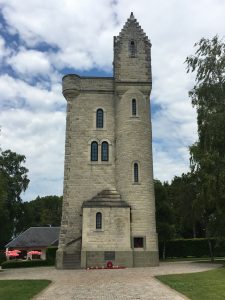
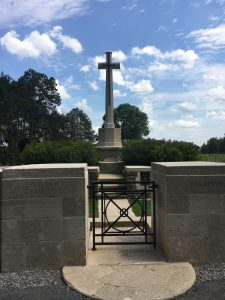

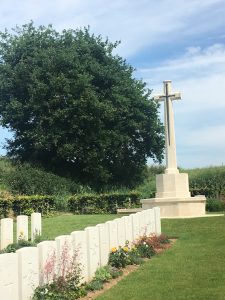
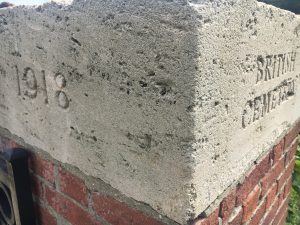

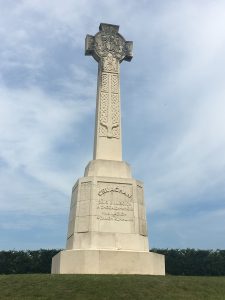
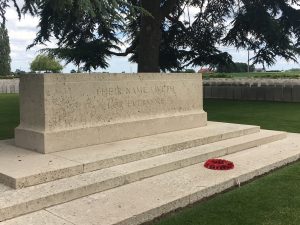
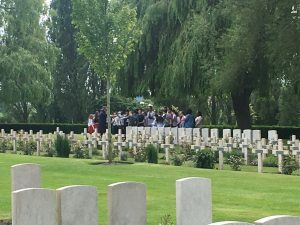



You must be logged in to post a comment.